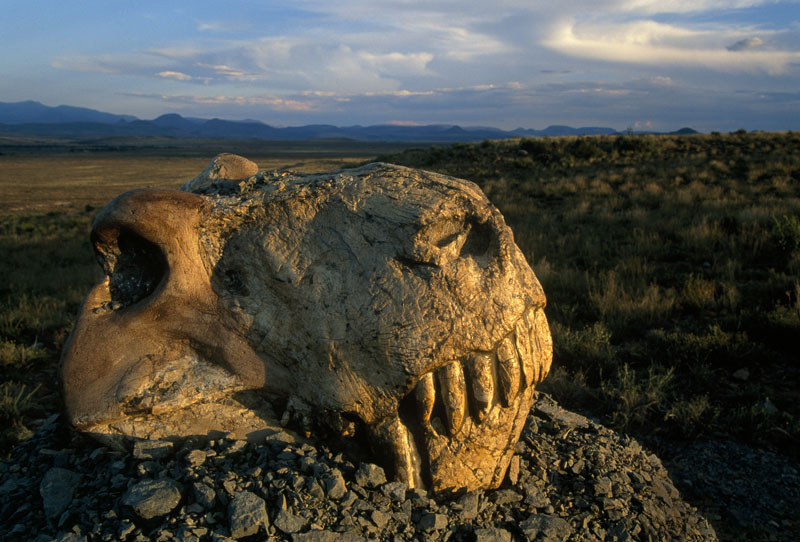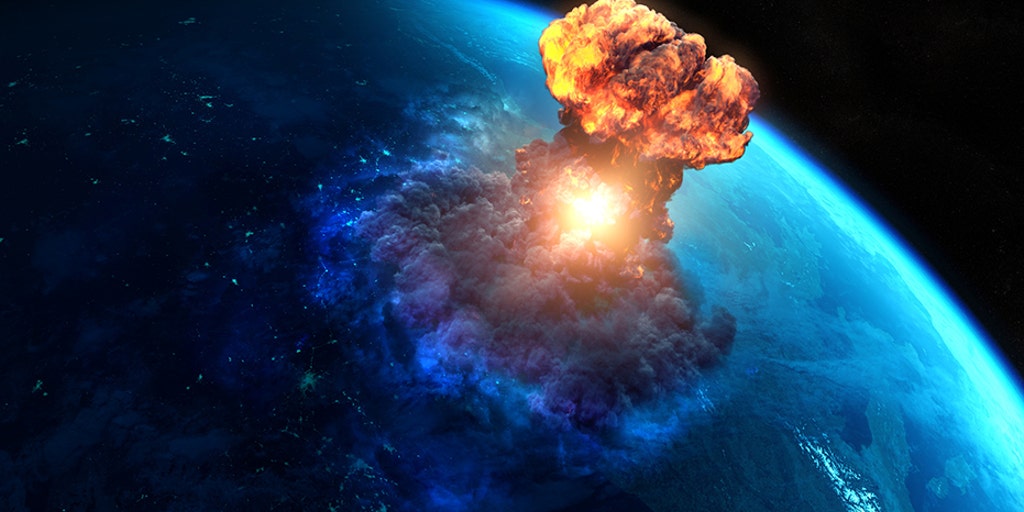The Earth has endured many catastrophic events in its 4.5-billion-year history, but none compare to the devastation of the Permian-Triassic extinction event — chillingly referred to as “The Great Dying.” Roughly 252 million years ago, this apocalyptic event wiped out around 90% of marine life and 70% of terrestrial species. What followed was not immediate recovery, but an infernal era — nearly five million years of relentless global heating that made life nearly impossible to rebound. Now, newly discovered fossils and sediment records are finally shedding light on why this deadly heatwave lasted so long.
Recent findings from South China, a region that was once part of the supercontinent Pangaea, have unveiled critical fossilized records from the Early Triassic period. These include marine invertebrates and sediment layers that serve as time capsules for Earth's ancient climate. The fossils show not only the decimation of biodiversity but also reveal how dangerously inhospitable the planet became immediately after the extinction event. According to paleontologists, temperatures in tropical oceans soared past 40°C (104°F), and oxygen levels in the seas plummeted, creating dead zones that persisted for millions of years.

Read Also: Uphorial Sweatshirt

But what exactly caused such an extended period of lethal heat? The leading theory centers on massive volcanic eruptions in Siberia, which released trillions of tons of carbon dioxide into the atmosphere. These eruptions, known as the Siberian Traps, were among the most violent volcanic events in Earth’s history. The CO₂ released didn't just warm the planet — it transformed ecosystems and ocean chemistry in ways that echoed across millennia. Acid rain, ocean acidification, and runaway greenhouse effects created a feedback loop that kept the Earth in a suffocating grip for far longer than scientists previously understood.
The newly studied fossil evidence offers proof of the complex interplay between extreme climate change and biological recovery. Microbial mats — thick, rubbery layers of bacteria—dominated shallow seafloors for millions of years, stalling coral growth and preventing more complex marine ecosystems from reestablishing. On land, forests vanished and ecosystems collapsed, leaving behind barren deserts where reptiles struggled to adapt. What makes these discoveries particularly relevant today is their chilling similarity to modern climate trends. The Earth's current warming trajectory, largely driven by human activity, is occurring at a rate much faster than the events of the Great Dying. Scientists warn that unchecked carbon emissions and rising temperatures could initiate feedback loops reminiscent of those seen during the Permian extinction. The ancient fossil records serve as both a window into Earth’s past and a warning sign for its future.
Beyond the data, this research also changes our understanding of how life rebounds after catastrophe. Recovery from the Great Dying didn’t begin until after global temperatures finally stabilized — a process that took nearly five million years. Biodiversity, food chains, and ecosystems were not just paused but fundamentally reshaped. In fact, the survivors of this ancient apocalypse set the stage for the rise of the dinosaurs and, eventually, mammals and humans. These findings don’t just illuminate a dark chapter in our planet’s history — they underscore how fragile life on Earth can be under intense climate stress. While today’s environmental crisis has different origins, the fossil evidence makes one thing clear: once a tipping point is crossed, recovery is neither easy nor guaranteed.



